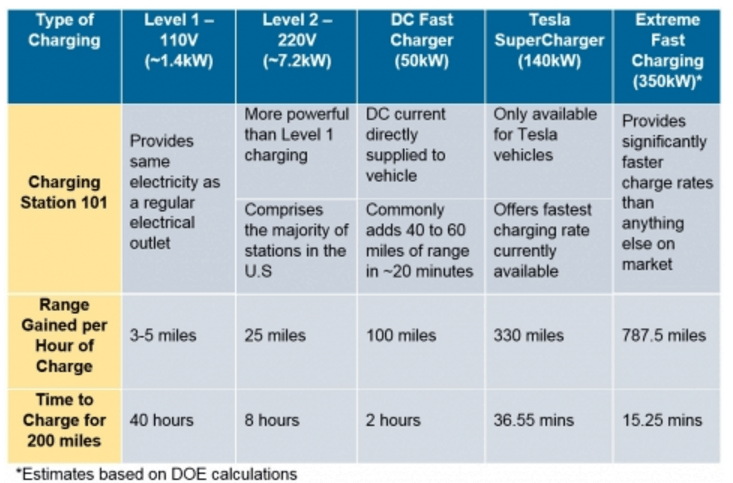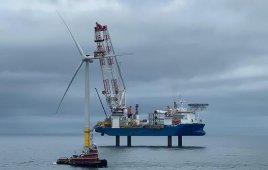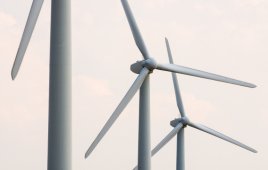Nay Chehab / Program Analyst / Office of Energy Efficiency and Renewable Energy
First, a few facts
- Extreme Fast Charging (XFC) provides up to 350 kW of power.
- DOE researchers are looking into various vehicle systems to ensure they are appropriately sized, but also incur minimal cost to auto manufacturers and consumers.
- The more often XFC stations are used and the longer trips people end up driving, the more sustainable these stations will be.
- XFC is poised to accelerate mass market EV adoption as DOE and industry stakeholders work to overcome technical, cost, and safety barriers.
Drivers of conventional cars can pump a few hundred miles worth of fuel in a 10-minute stop at a gas station. When it comes to electric vehicles (EVs), a common criticism is that they take too long to charge. This is where Extreme Fast Charging (XFC) comes in, providing up to 350 kilowatts (kW) of power. Although most EV drivers rely primarily on residential charging, an XFC network along transportation corridors would enable EVs to become much more common modes of transit.
There are more than 38,000 charging outlets nationwide, and commuters can choose from four types of currently-installed stations. The table below shows the differences between these technologies.
As appealing as XFC may sound, the technology is brand new and some challenges still exist. When an EV battery receives higher power, it dissipates a large amount of heat, which leads to battery degradation. Finding a way to keep the battery cool is key to determining exactly how fast one will be able to charge. In addition, the existing power electronics in today’s EVs are built for overnight slow charging, and may not be able to handle the high wattage needed to facilitate 350-kW charge rates. Energy Department (DOE) researchers are looking into various vehicle systems to ensure they are appropriately sized, but also incur minimal cost to auto manufacturers and consumers.
Readily providing 350 kW of power in one place at unscheduled times could also challenge the current electric grid. DOE is working to balance the load and reduce costs as well as understand and mitigate time of charge issues and potential cybersecurity concerns. Researchers are looking into opportunities for cost-effective wireless charging, which would provide significant convenience to drivers.
Like any other new product, for 350-kW charging to take off, it must have a viable business model. The more frequently XFC stations are used – by taxis, car-sharing services, and others – and the longer trips people end up driving, the more sustainable the stations will be. Industry players, including utilities and charging station manufacturers, must decide the optimal way in which to administer and collect payments, for example. Lastly, standards are needed to ensure the safety of people using, installing, and maintaining high-power stations, as well as to facilitate the adoption of a common charging cable and/or connector.
Extreme fast charging is poised to accelerate mass market EV adoption as DOE and industry stakeholders work to overcome technical, cost, and safety barriers. Implementing an XFC system capable of up to 350-kW charging has the potential to increase EV utility, which in-turn would provide Americans with greater freedom of mobility and energy security.
Filed Under: Policy






